"When we consider the hamster, the small rodent often found in pet stores, there are so many places our minds may take us. Adorable images of whiskered fluffballs with cheeks full of food, running happily on a wheel, burrowing joyfully in some litter shavings, flash before us. Hamsters make fantastic pets, but where do they live when they aren't in our homes & hamster cages?
What is a hamster?
Hamsters are small rodents native to parts of Europe, Asia, & the Middle East. They are related to voles, lemmings, & mice, but unlike our common house pets, wild hamsters are more aggressive. Some wild hamsters, like the black-bellied hamster that lives in parts of Europe, can't be tamed & are much larger than the hamster's we keep in our homes. These small rodents are easily distinguished because they don't have long tails or big ears. Hamsters, with their short stubby legs, tiny ears, & short tails aren't easily confused with their mousey cousins.
Where do hamsters live?
Pet hamsters generally are related to the Syrian golden hamster, but they are far removed from their wild ancestors. In fact, only 5 species of hamsters are pets. While pet hamsters live in cages, hamsters in the wild burrow deep underground. Syrian & Mongolian hamsters sometimes will burrow up to 10 feet or more in order to avoid high desert temperatures. Since hamsters don't have sweat glands, it is important that they can keep cool. Some hamsters, like those who come from more northern regions such as the European hamsters in France, Austria or Russia, will have long fur to keep them warm in winter. If it gets too cold, hamsters will hibernate, only waking periodically to eat.
Wild hamsters are also very territorial & will fight any who come into their claimed space & burrows. Some hamsters, like the Campbell hamsters that live in parts of China & Mongolia, will actually steal other rodent's burrows so that they don't have to dig their own. Hamsters are also fairly meticulous. A hamster community in China will have a network of burrows with specific areas for storing food, sleeping or waste.
What do wild hamsters look like?
Wild hamsters generally have more markings than their pet cousins in order to better blend into the terrain around them. Hamsters from desert regions may be pale yellow or golden, or reddish brown with stripes which reflects the rocky deserts of Asia & the Middle East. European or Russian wild hamsters are thinner & smaller than house pets & might have longer fur. Chinese hamsters are smaller & look a little bit like mice with their longer tails & grey-brown fur. All hamsters have small ears, whiskers, & short legs. Hamsters have poor vision so depend heavily on their hearing, sense of smell, & whiskers to know the world around them.
How long do wild hamsters live?
Like many small rodents, hamsters don't have very good eyesight & rely mostly on their ears & whiskers to get around. Hamsters in the wild typically have relatively short life spans, living only a year or 2 on average. Since they are often food for larger animals like foxes, birds of prey, cats, & other predators, Hamsters have learned to be quick & burrow deeply underground. In captivity, a hamster's life span isn't much longer. Pet hamsters might live up to 3 years, but are considered elderly when they are about a year & a half.
What do wild hamsters like to eat?
They enjoy eating grains, seeds, nuts, & fruit, & most hamsters have big puffy cheeks to collect as much food as possible before scurrying back home to eat at their leisure. In fact, it is possible that the word 'hamster' comes from the German word 'hamstern' which means hoard—a pretty apt description of how this tiny furry creature eats! Hamsters are nocturnal, which means they are most active at night & will use that time to forage for food."
Reyna Abraham
May 30/ 2019
cuteness.com
Cute Critter Pic:

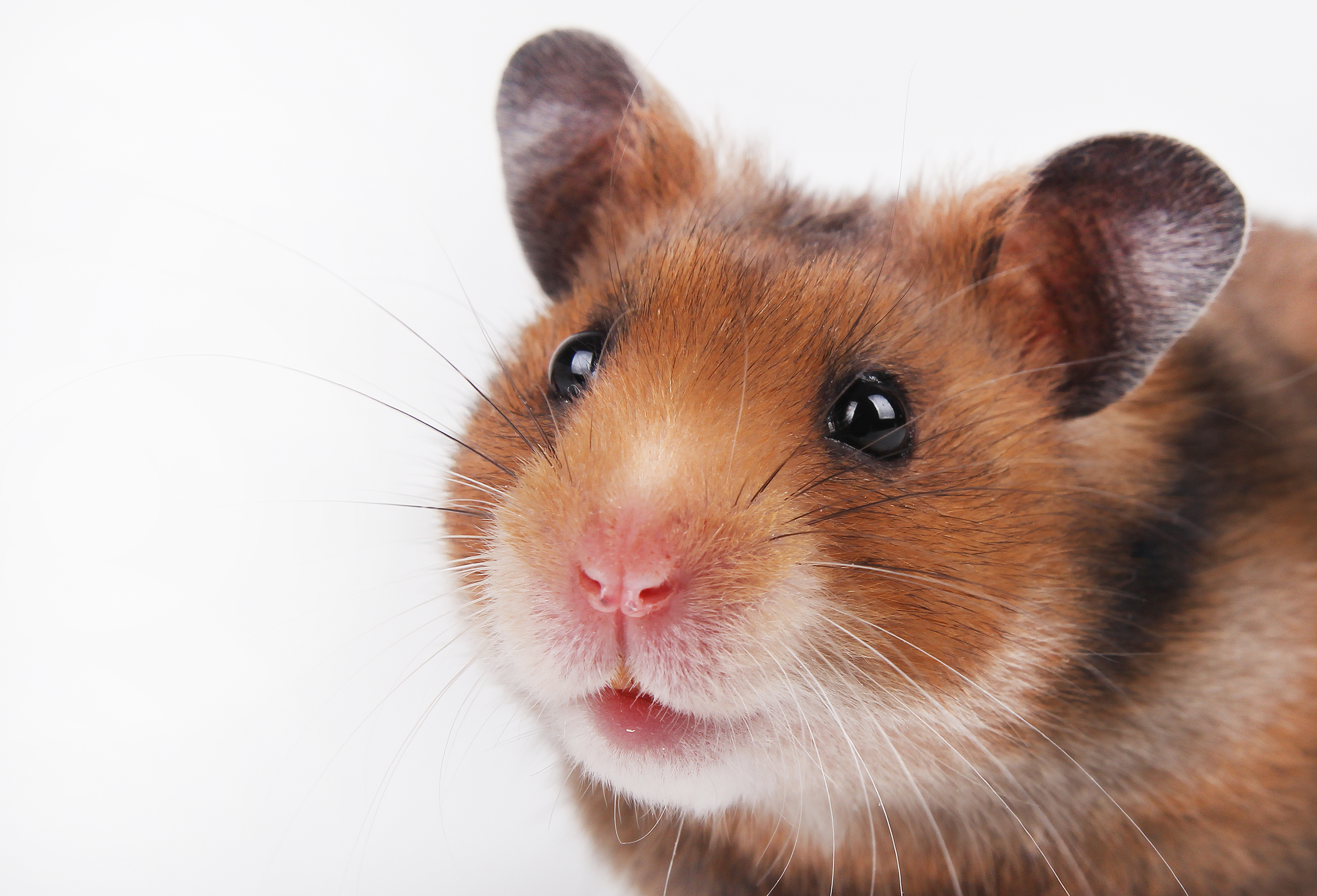
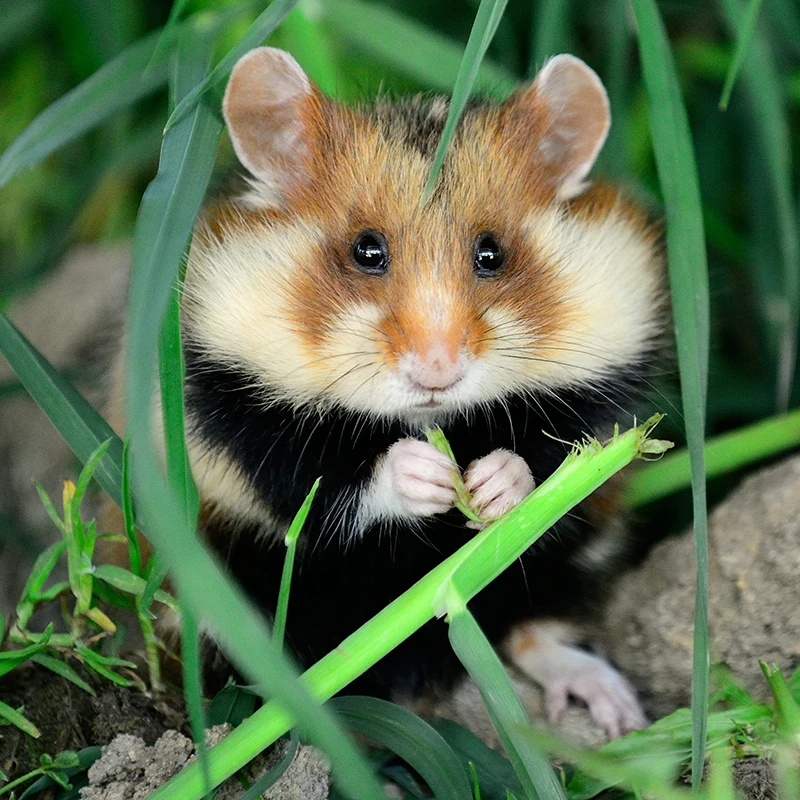
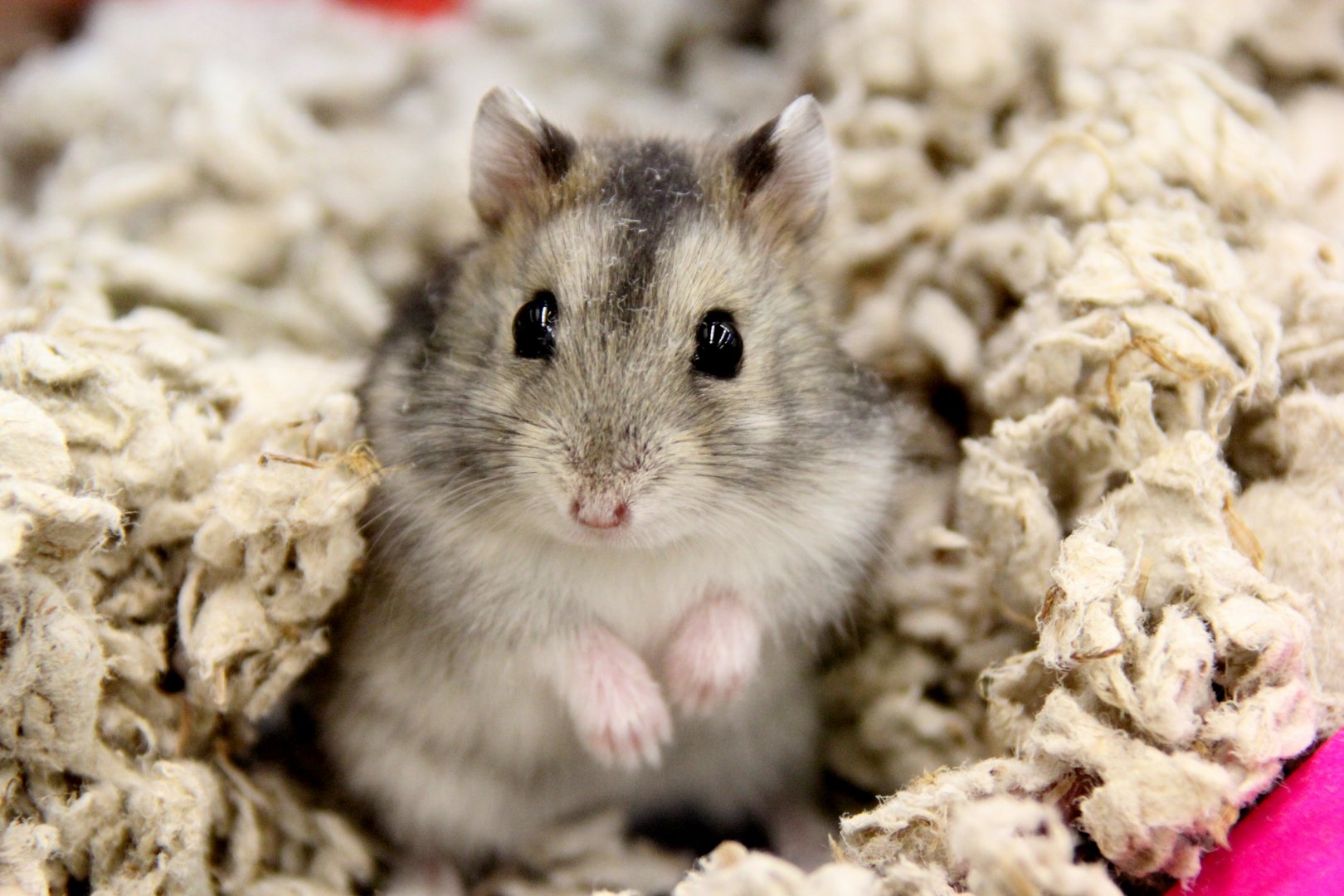
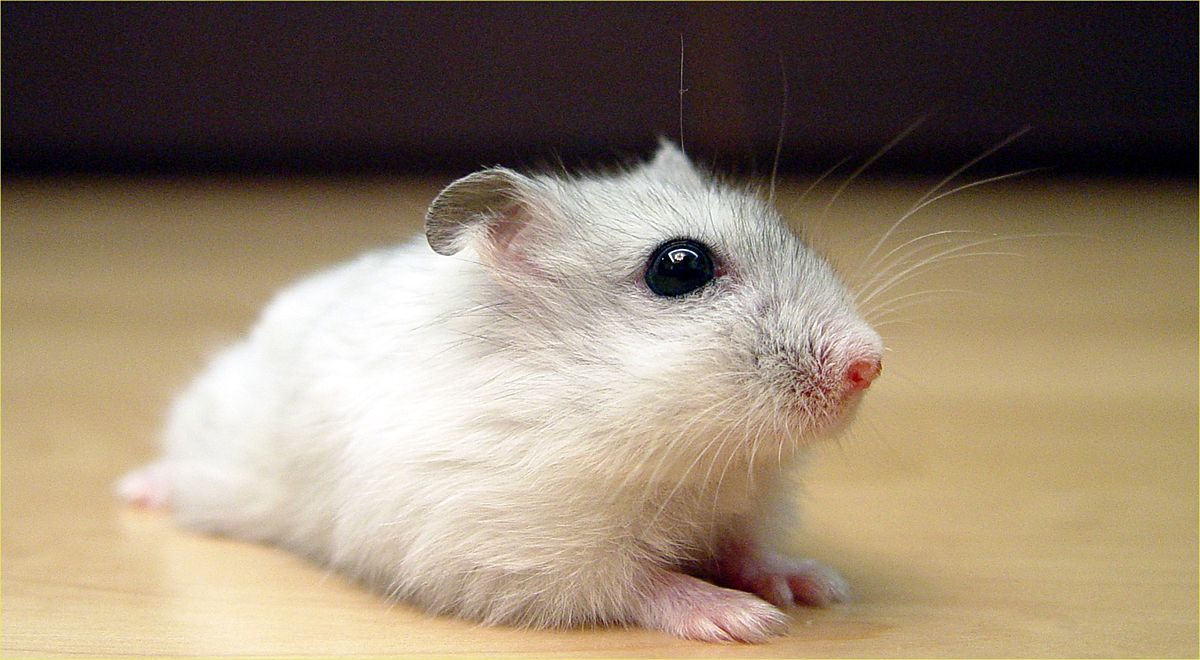
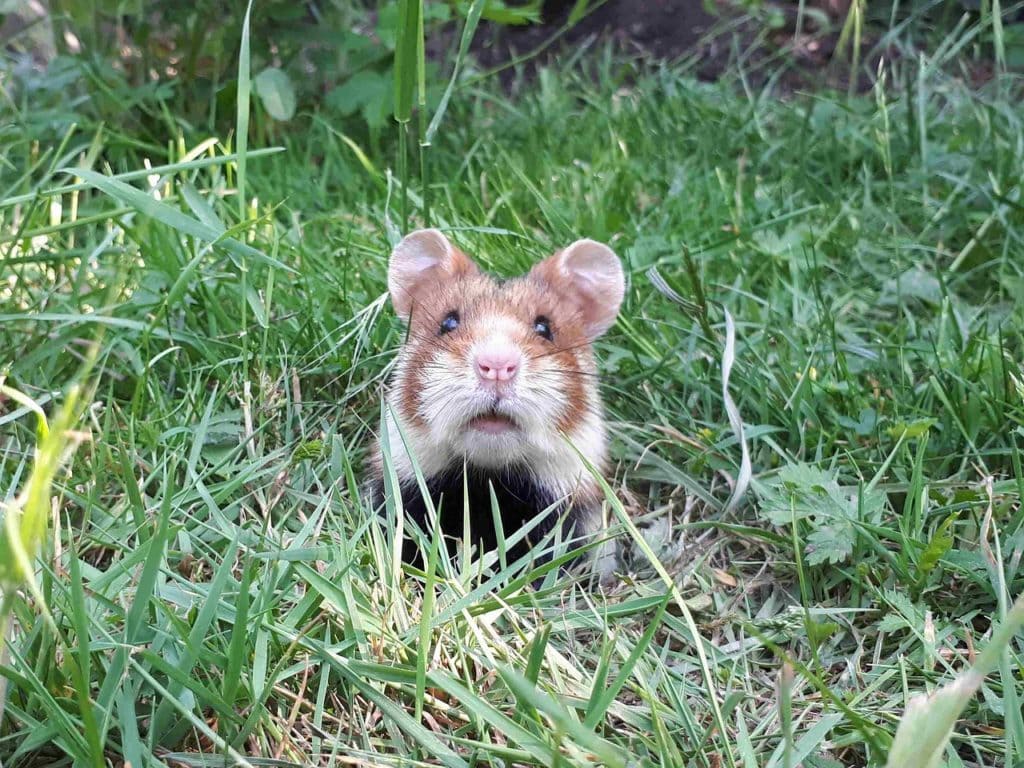
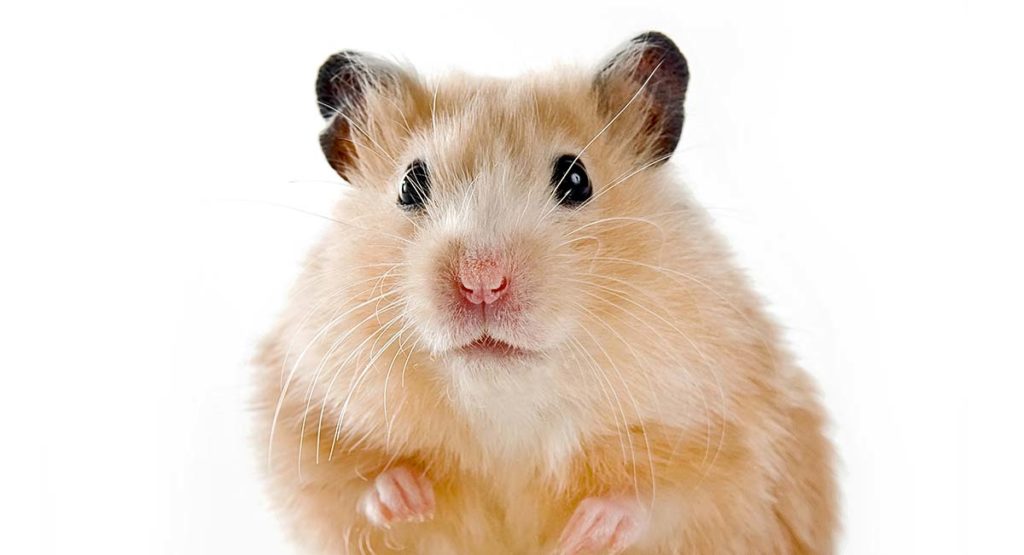




No comments:
Post a Comment